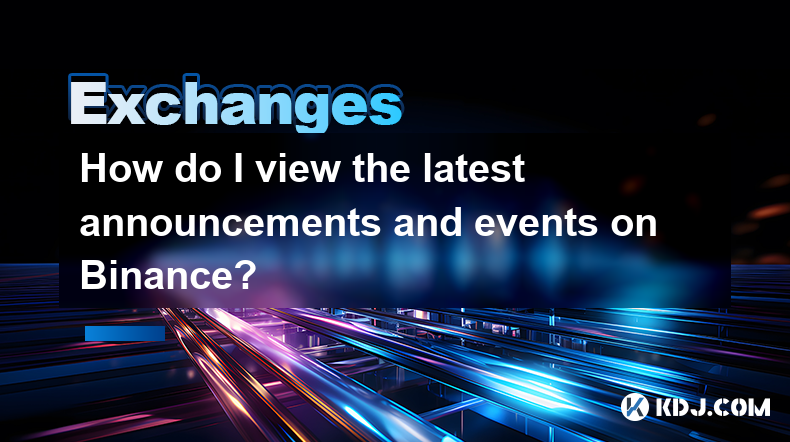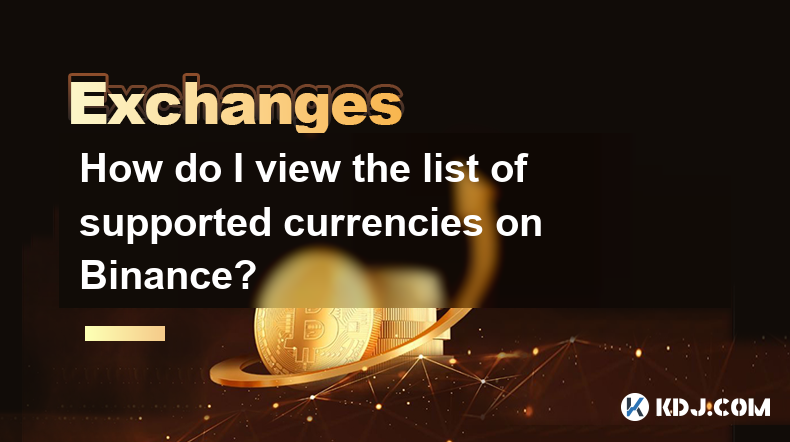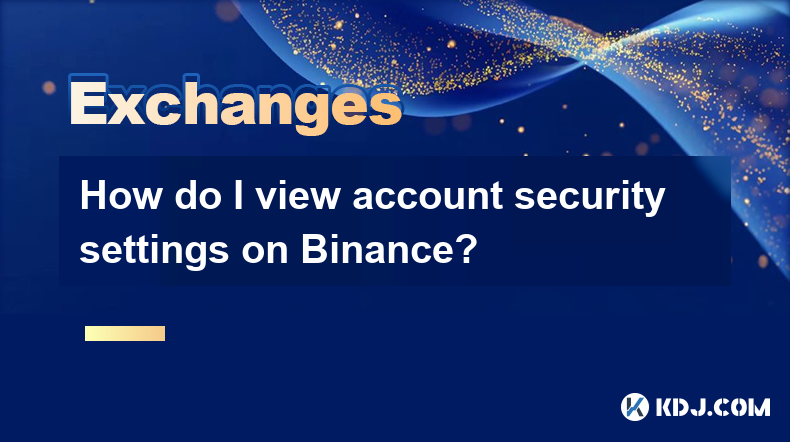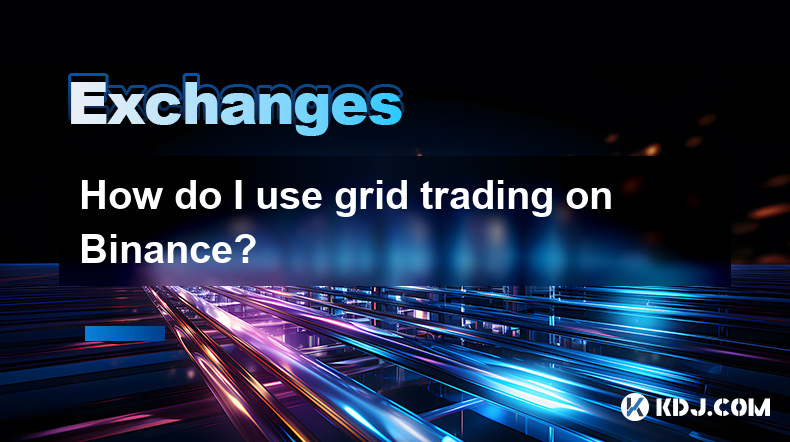-
 Bitcoin
Bitcoin $84,380.9629
-0.68% -
 Ethereum
Ethereum $1,587.8040
0.39% -
 Tether USDt
Tether USDt $0.9997
0.02% -
 XRP
XRP $2.0611
-0.10% -
 BNB
BNB $592.1695
0.41% -
 Solana
Solana $134.0171
-0.42% -
 USDC
USDC $1.0000
0.00% -
 Dogecoin
Dogecoin $0.1576
1.44% -
 TRON
TRON $0.2401
-3.06% -
 Cardano
Cardano $0.6295
2.16% -
 UNUS SED LEO
UNUS SED LEO $9.2244
1.69% -
 Chainlink
Chainlink $12.5592
0.40% -
 Avalanche
Avalanche $19.0618
0.03% -
 Toncoin
Toncoin $2.9920
1.85% -
 Stellar
Stellar $0.2398
0.17% -
 Shiba Inu
Shiba Inu $0.0...01228
4.28% -
 Hedera
Hedera $0.1653
1.46% -
 Sui
Sui $2.1201
-0.04% -
 Bitcoin Cash
Bitcoin Cash $335.2957
0.47% -
 Polkadot
Polkadot $3.6693
0.93% -
 Litecoin
Litecoin $75.9657
1.55% -
 Hyperliquid
Hyperliquid $17.0326
-0.70% -
 Dai
Dai $1.0000
0.01% -
 Bitget Token
Bitget Token $4.4071
0.71% -
 Ethena USDe
Ethena USDe $0.9992
0.02% -
 Pi
Pi $0.6423
4.69% -
 Monero
Monero $215.4419
-0.65% -
 Uniswap
Uniswap $5.1801
0.13% -
 Pepe
Pepe $0.0...07322
1.11% -
 OKB
OKB $50.2807
-0.70%
How to set up price alerts on Coinbase?
Coinbase offers flexible cryptocurrency price alert options: monitor the app directly, use third-party apps for automated notifications, leverage platforms like TradingView for advanced charting alerts, or even build custom alerts with spreadsheets. Effective alert management is key to avoid overload.
Mar 05, 2025 at 08:49 am

Key Points:
- Coinbase offers several ways to set up price alerts, catering to different user preferences and technical skills.
- Alerts can be configured for various cryptocurrencies listed on the exchange.
- Users can choose different alert triggers, including price increases, decreases, or reaching specific price points.
- Methods include using the Coinbase mobile app's built-in features, third-party apps that integrate with Coinbase, and even setting up custom alerts using trading platforms.
- Understanding your notification preferences is crucial for effective alert management.
How to Set Up Price Alerts on Coinbase
Coinbase, a popular cryptocurrency exchange, doesn't offer a dedicated "price alert" feature in the traditional sense. Instead, it provides tools and functionalities that allow you to achieve the same outcome. The best approach depends on your technical comfort level and preferred method of receiving notifications.
Method 1: Utilizing the Coinbase Mobile App
The Coinbase mobile app, available for both iOS and Android, provides real-time price tracking. While it lacks a direct "set alert" button, you can effectively monitor price movements by regularly checking the app. This is the simplest method, suitable for users who don't need automated notifications. You simply need to monitor the price of your chosen cryptocurrency within the app.
Method 2: Leveraging Third-Party Apps
Numerous third-party applications integrate with Coinbase and offer advanced price alert functionalities. These apps often provide more customizable options than the Coinbase app itself. Research apps carefully before granting access to your Coinbase account, ensuring they are reputable and secure. Always prioritize apps with strong security features and positive user reviews.
- Find a compatible app: Search app stores for "crypto price alerts" or "Coinbase price tracking."
- Connect your Coinbase account: Follow the app's instructions to securely link your account.
- Set your alert preferences: Specify the cryptocurrency, price trigger (e.g., price increase/decrease, specific price point), and notification method (e.g., push notification, email).
Method 3: Employing TradingView or Similar Platforms
For more experienced users, platforms like TradingView offer in-depth charting and analysis tools. These platforms often allow you to set price alerts directly on their charts, which then notify you when the specified price levels are reached. This method requires some familiarity with technical analysis and charting software. You'll need to connect your Coinbase account (if needed for order execution), although some alerts are independent of account connection.
- Create a chart: Search for your desired cryptocurrency on TradingView.
- Add an alert: Look for the alert feature within the charting tools. This is usually represented by a bell or alarm icon.
- Customize the alert: Set the price trigger, notification method (email, push, etc.), and any other relevant parameters.
Method 4: Using a Spreadsheet Program (Advanced)
This method requires a basic understanding of spreadsheet software like Google Sheets or Microsoft Excel. You can create a spreadsheet that automatically updates cryptocurrency prices from a public API. Then, you can use the spreadsheet's built-in features to trigger email or other notifications when a predefined price threshold is met. This method is quite advanced and requires programming or scripting knowledge.
- Find a cryptocurrency API: Several APIs provide real-time cryptocurrency price data.
- Import data into your spreadsheet: Use the API's data to automatically populate your spreadsheet with current prices.
- Set up conditional formatting or scripting: Use spreadsheet features to create alerts based on price changes.
Managing Notifications Effectively
Regardless of the method you choose, effective notification management is vital. Too many alerts can lead to alert fatigue, rendering the system useless.
- Prioritize your alerts: Focus on alerts for cryptocurrencies you actively trade or hold significant amounts of.
- Adjust sensitivity: Set appropriate price thresholds to avoid being bombarded with minor price fluctuations.
- Review your alerts regularly: Ensure your alerts are still relevant and adjust them as needed.
Frequently Asked Questions:
Q: Are Coinbase price alerts free?
A: The basic price tracking within the Coinbase app is free. Third-party apps may have free and paid tiers, while using platforms like TradingView may involve subscription fees depending on the features used. Spreadsheet-based methods are typically free beyond the cost of the software itself.
Q: How often do Coinbase price alerts update?
A: The frequency of updates varies depending on the method. The Coinbase app updates prices in real-time, while third-party apps and TradingView have varying update frequencies. Spreadsheet-based methods update based on the API's update frequency.
Q: Can I set alerts for multiple cryptocurrencies?
A: Yes, most methods allow setting alerts for multiple cryptocurrencies. Third-party apps and TradingView often support setting multiple alerts simultaneously. With spreadsheets, you'd need to create a separate alert for each cryptocurrency.
Q: What happens if my Coinbase account is inactive?
A: If your Coinbase account is inactive or you lose access, alerts will likely fail. Third-party apps will stop working, and spreadsheet methods will no longer update accurately. Therefore, maintaining active accounts and reliable internet access is essential.
Q: Are price alerts 100% reliable?
A: No, no alert system is perfectly reliable. Technical glitches, API downtime, or network issues can all cause alerts to fail or be delayed. It's crucial to rely on multiple sources for price confirmation, especially for critical trading decisions.
Disclaimer:info@kdj.com
The information provided is not trading advice. kdj.com does not assume any responsibility for any investments made based on the information provided in this article. Cryptocurrencies are highly volatile and it is highly recommended that you invest with caution after thorough research!
If you believe that the content used on this website infringes your copyright, please contact us immediately (info@kdj.com) and we will delete it promptly.
- 5 Cryptos That Aren't Sleeping Anymore. From Wall Street Warming Up to Tokenized Assets
- 2025-04-19 07:20:13
- Litecoin (LTC) Returns to Familiar 10x Territory: How High Could It Go This Time?
- 2025-04-19 07:20:13
- Hashkey Group is Moving to Increase its Presence in the Growing ETF Market of Asia. By Launching an XRP-Targeted Fund
- 2025-04-19 07:15:13
- Berachain (BERA) Price Crashes to a Record Low as Stablecoins in Its Ecosystem Continue Their Recent Plunge
- 2025-04-19 07:15:13
- United States asset manager Canary Capital has filed to list an exchange-traded fund (ETF) holding the Tron blockchain network's native token
- 2025-04-19 07:10:13
- XRP price hovers above $2.08 as traders weigh conflicting signals from spot and derivatives markets, suggesting short-term indecision.
- 2025-04-19 07:10:13
Related knowledge

How do I contact customer service on Binance to resolve issues?
Mar 16,2025 at 04:30am
Key Points:Binance's customer service is primarily self-service, relying heavily on its help center and FAQs.Direct contact methods are limited, with email support being the most common route for non-urgent issues.Urgent issues may require using the in-app support system, though response times can vary.Understanding Binance's support structure and utili...

How do I view the latest announcements and events on Binance?
Mar 18,2025 at 10:18pm
Key Points:Binance utilizes multiple channels for disseminating announcements and events.The official Binance website is the primary source.Binance's social media platforms offer timely updates.Email subscriptions keep users informed about relevant announcements.Third-party aggregators can supplement official channels but require caution.How Do I View t...

How do I set up a subaccount on Binance?
Mar 14,2025 at 01:50pm
Key Points:Binance does not offer traditional "subaccounts" in the sense of separate accounts with independent logins under a master account.Instead, Binance offers features like user-defined labels for better portfolio management and API keys for automated trading. These provide functionality similar to subaccounts.Setting up these features involves na...

How do I view the list of supported currencies on Binance?
Mar 15,2025 at 05:35am
Key Points:Binance supports a vast and frequently updated list of cryptocurrencies. There's no single, static list.Finding supported currencies requires navigating Binance's website or app interfaces.Different sections of the exchange show different subsets of supported currencies (e.g., trading, staking, etc.).The availability of specific cryptocurrenc...

How do I view account security settings on Binance?
Mar 15,2025 at 08:40pm
Key Points:Binance's security settings are spread across multiple sections of your account. This article will guide you through each crucial area.Understanding and implementing these settings is paramount to protecting your cryptocurrency assets.We'll cover two-factor authentication (2FA), withdrawal whitelists, and other essential security features.Reg...

How do I use grid trading on Binance?
Mar 14,2025 at 04:25pm
Key Points:Grid trading on Binance involves automatically buying low and selling high within a defined price range.Binance offers a built-in grid trading bot, simplifying the process.Setting up a grid bot requires defining parameters like price range, grid quantity, and investment amount.Risk management is crucial, as losses are possible despite the aut...

How do I contact customer service on Binance to resolve issues?
Mar 16,2025 at 04:30am
Key Points:Binance's customer service is primarily self-service, relying heavily on its help center and FAQs.Direct contact methods are limited, with email support being the most common route for non-urgent issues.Urgent issues may require using the in-app support system, though response times can vary.Understanding Binance's support structure and utili...

How do I view the latest announcements and events on Binance?
Mar 18,2025 at 10:18pm
Key Points:Binance utilizes multiple channels for disseminating announcements and events.The official Binance website is the primary source.Binance's social media platforms offer timely updates.Email subscriptions keep users informed about relevant announcements.Third-party aggregators can supplement official channels but require caution.How Do I View t...

How do I set up a subaccount on Binance?
Mar 14,2025 at 01:50pm
Key Points:Binance does not offer traditional "subaccounts" in the sense of separate accounts with independent logins under a master account.Instead, Binance offers features like user-defined labels for better portfolio management and API keys for automated trading. These provide functionality similar to subaccounts.Setting up these features involves na...

How do I view the list of supported currencies on Binance?
Mar 15,2025 at 05:35am
Key Points:Binance supports a vast and frequently updated list of cryptocurrencies. There's no single, static list.Finding supported currencies requires navigating Binance's website or app interfaces.Different sections of the exchange show different subsets of supported currencies (e.g., trading, staking, etc.).The availability of specific cryptocurrenc...

How do I view account security settings on Binance?
Mar 15,2025 at 08:40pm
Key Points:Binance's security settings are spread across multiple sections of your account. This article will guide you through each crucial area.Understanding and implementing these settings is paramount to protecting your cryptocurrency assets.We'll cover two-factor authentication (2FA), withdrawal whitelists, and other essential security features.Reg...

How do I use grid trading on Binance?
Mar 14,2025 at 04:25pm
Key Points:Grid trading on Binance involves automatically buying low and selling high within a defined price range.Binance offers a built-in grid trading bot, simplifying the process.Setting up a grid bot requires defining parameters like price range, grid quantity, and investment amount.Risk management is crucial, as losses are possible despite the aut...
See all articles
























































































